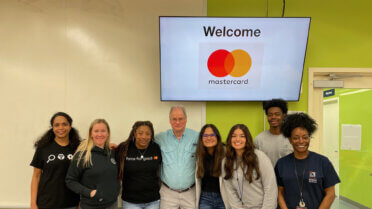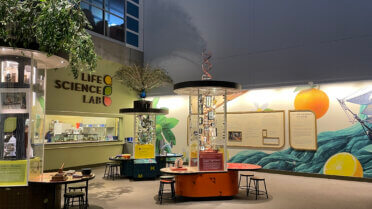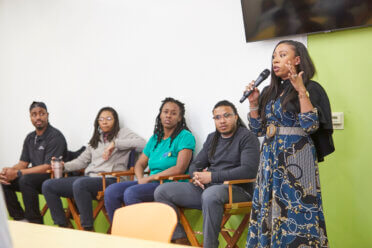Women’s History Month
The Saint Louis Science Center envisions an equitable and inclusive society where people are passionate about science and use it to improve lives, transform communities and empower future generations. Through exposure to STEM concepts and recognition of contributions made by members of various communities, we hope that individuals from all backgrounds can find their place in STEM.
As we celebrate Women’s History Month, we’re recognizing a few STEM-sational individuals who’ve inspired us all to make an impact:
Dr. Gladys Mae West – developed the founding principles for Global Positioning System (GPS) technology (1930-Present)
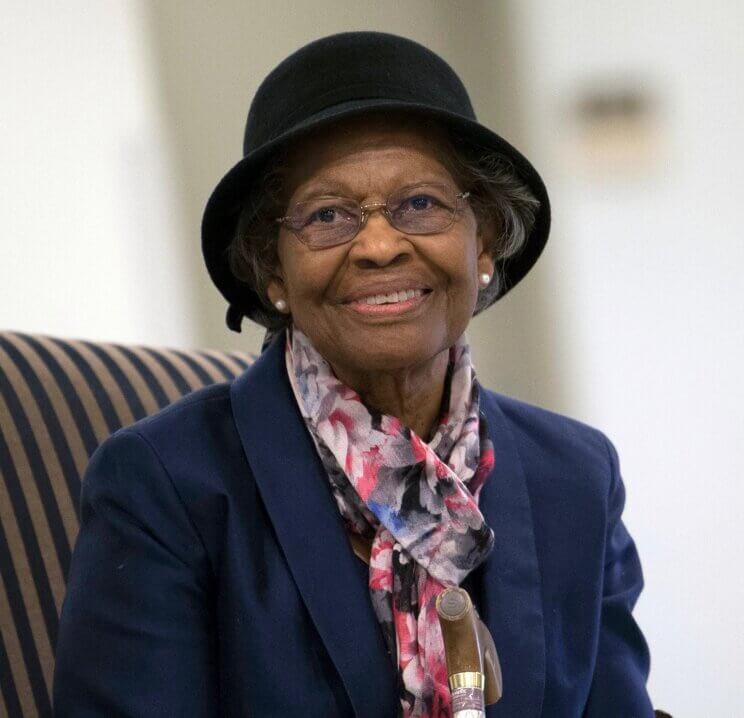
Graduating as her high school valedictorian earned Dr. Gladys West a full scholarship to Virginia State College. She applied her knowledge and that scholarship to mathematics — a subject that was predominantly studied only by men at that time — and received a Bachelor of Science in mathematics and a Master of Mathematics from the school. She later earned a Master of Public Administration from the University of Oklahoma and a Doctor of Philosophy in Public Administration from Virginia Tech.
After graduation, she became the second Black woman hired at the Naval Proving Ground (now Naval Surface Warfare Center in Dahlgren, Virginia) in 1956, working as a project manager for processing systems for satellite data analysis. Studying satellite data, her team created precise models of Earth’s shape through complex algorithms. During her 42-year career, this work was critical to the development of the Global Positioning System (GPS).
Due to biases against women and African Americans, she did not receive a great deal of recognition for her efforts at the time but is now widely honored for her contributions that have impacted the world. She became the only Black woman inducted into the Air Force Missile and Space Pioneers Hall of Fame in 2018 and was named by the British Broadcasting Corporation as one of its top 100 Women.
For more information:
National Center for Women & Information Technology
Society of Satellite Professionals International
Mary Anning – one of the world’s first female paleontologists and the discoverer of the first ichthyosaur and plesiosaur specimens (1799-1847)
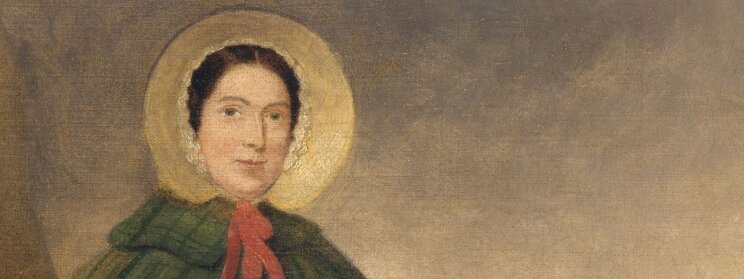
Overcoming numerous obstacles, Mary Anning is one of the world’s best-known paleontologists – having discovered the first fossils of giant ocean reptiles. Working with her father to collect and sell “curiosities” found along the seashore, Anning and her brother were well accustomed to locating fossils. At the age of 10-12, she and her brother took over the family business after her father fell off a cliff and died while searching for items. During this period (around 1810), the duo uncovered the first complete specimen of an ichthyosaur (an order of dolphin-, fish- and crocodile-like creatures that thrived during the Mesozoic era, between 250 and 70 million years ago). Later, at age 23, she discovered the world’s first plesiosaur skeleton and found a more complete specimen, which is on display today in the Natural History Museum of London, a few years later. Plesiosaurs were another order of oceanic and freshwater creatures that featured flat bodies, long flippers and either long necks with small heads or short necks with large heads. She later discovered the first pterosaur specimen found outside of Germany.
As Anning lived in the early 1800s when women were not widely celebrated in scientific fields, she didn’t receive full credit for her discoveries in her time. However, she did become highly successful in her fossil collection business, with museums, scientists, royalty and other wealthy patrons among her clients. And, her discoveries helped male scientists in proving their theories about extinction and the study of ancient ecosystems. She’s also attributed by some to being the inspiration for the popular tongue twister “She Sells Seashells on the Seashore.” In 2010, the Royal Society listed Anning as one of the 10 British women to have most influenced the history of science.
For More Information:
Natural History Museum in London
Dr. Lise Meitner – One of the physicists who discovered the process of nuclear fission (1878-1968)
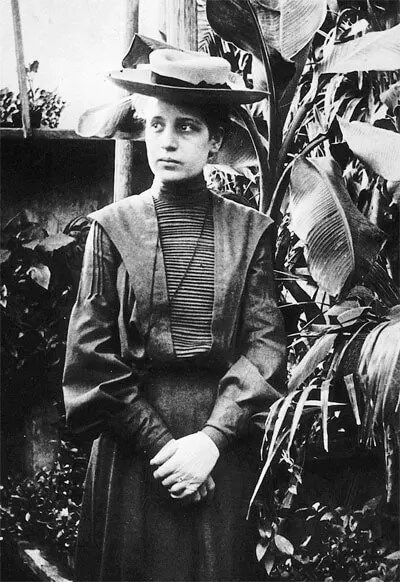
Dr. Lise Meitner followed her interest in mathematics and science to make lasting impressions as a professor and physicist – being praised as “our Marie Curie” by Albert Einstein and as “one of the most significant woman scientists of the 20th Century” by the United States Department of Energy. Working with chemist Otto Hahn, they discovered the element protactinium in 1918. Her contributions with her nephew, and fellow physicist, Otto Frisch to provide a physical explanation for splitting uranium — a process they called nuclear fission — led to the development of nuclear-powered reactors and the first atomic bomb. This discovery motivated Einstein to contact American President Franklin Roosevelt and urge the establishment of the Manhattan Project.
Meitner studied at the University of Vienna and became the second woman to earn a doctoral degree in physics from the university. She then attended Kaiser Wilhelm University in Berlin, Germany, to study lectures by physicist Max Planck and to collaborate on research with Hahn. A few years later, Planck appointed Meitner as his assistant, and she ultimately became the first woman to become a full professor of physics in Germany and the department head.
Raised Jewish, Meitner was forced to flee Germany for Sweden upon the rise of the Nazi regime in the 1930s. In 1939, Hahn published research on the evidence for nuclear fission but left recognition of Meitner off the report. In part because of this omission, Hahn was solely awarded the Nobel Prize for Chemistry in 1944 for the research, and Meitner never received the award, despite having been nominated 19 times for Chemistry and 30 times for Physics. Recognition for her contributions did come later when Meitner was awarded the Enrico Fermi Award from the U.S. Atomic Energy Commission in 1966, the first time the prize had been given to a non-American and the first time to a woman. Partially because she was omitted from recognition for her discovery, element 109 on the Periodic Table, meitnerium, was named after her in 1994.
For More Information:
Valentina Tereshkova – first woman in space (1937-Present)
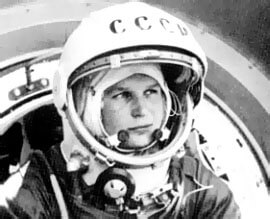
A Russian engineer who is now elected to the State Duma (one of Russia’s legislative bodies), Valentina Tereshkova became the first woman in space on June 16, 1963. Aboard the Vostok 6 at age 26, she orbited Earth 48 times during her nearly three days in space (70.8 hours) and is the only woman to have ever flown a solo space mission.
A factory worker and competitive parachutist before her training and mission with the Soviet space program, Tereshkova studied engineering and became a spokesperson for the Soviet Union after her safe return to Earth. She graduated with honors from the Zhukovsky Air Force Engineering Academy, a doctorate in aeronautical engineering. She served as an instructor at the Yuri Gagarin Cosmonaut Training Center, training future cosmonauts. In 2011, she was elected to the State Duma and has been re-elected twice since then.
For her accomplishment, Tereshkova was awarded the title “Hero of the Soviet Union” and the Order of Lenin, the highest civilian decoration given by the Soviet Union, in 1963. For her humanitarian efforts and encouragement of women, she received the United Nations Gold Medal of Peace. In 2023, she was awarded the Order of Gagarin, given to recognize outstanding contributions to the advancement of the Russian space program.
For More Information:







